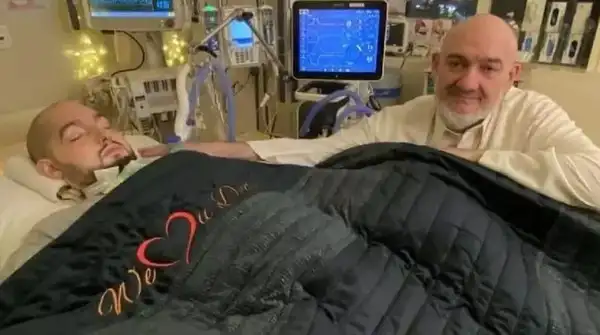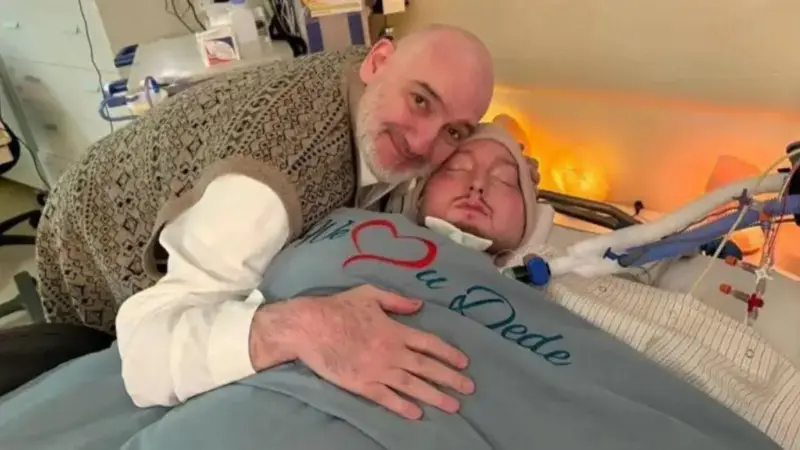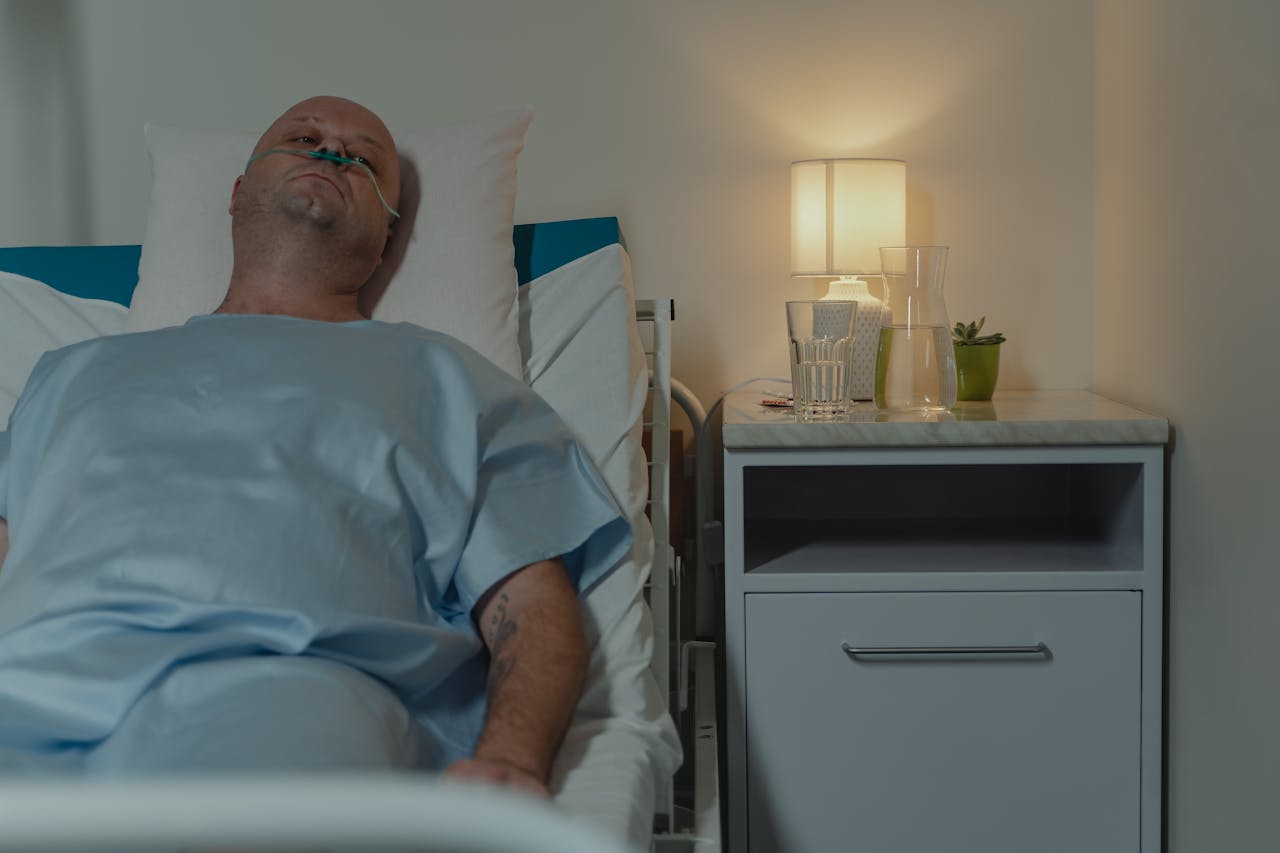Saudi Arabia’s Sleeping Prince… all you should know about coma

Inside the Science and Story of Coma: What the ‘Sleeping Prince’ Taught the World About Life, Medicine, and Hope
On July 19, 2025, the world mourned the passing of Prince Al-Waleed bin Khalid bin Talal Al Saud, a member of Saudi Arabia’s royal family whose life was defined not by power or politics, but by an extraordinary 19-year journey in a coma. Known widely as the “Sleeping Prince,” Al-Waleed’s condition drew attention across the globe—not only because of his royal status, but because his case became a symbol of medical endurance, spiritual devotion, and ethical complexity.
As his life ends, it invites a renewed public interest in understanding what a coma truly is, what causes it, how recovery is assessed, and how families, doctors, and society at large navigate the harrowing uncertainty it presents.
What Is a Coma?
A coma is a deep state of prolonged unconsciousness in which an individual is unable to respond to external stimuli such as sound, touch, or light. Unlike sleep, a person in a coma cannot be awakened and shows no voluntary activities. The condition is a medical emergency, often requiring critical care and a highly controlled hospital environment.
Medically, a coma is different from other states of reduced consciousness. It is generally understood to last more than six hours and can last days, weeks, months—or, in rare cases like Prince Al-Waleed’s, even years.
READ ALSO
Prince Alwaleed bin Khalid bin Talal: 10 things to know about Saudi Arabia’s ‘Sleeping Prince’
Prince Alwaleed bin Khalid bin Talal: Saudi Arabia’s ‘Sleeping Prince’ dies after 19 years in coma
Al-Waleed bin Khaled bin Talal: Did Saudi ‘Sleeping Prince’ wake up from coma?
The Timeline of Prince Al-Waleed’s Health Crisis
April 1990 – Prince Al-Waleed was born into the Saudi royal family as the eldest son of Prince Khalid bin Talal, a nephew of the late King Abdullah.
2005 – At the age of 15, while attending military school in London, he was involved in a severe car accident. The crash caused traumatic brain injury and internal bleeding. Medical professionals determined he had entered a deep coma.
2006–2009 – After initial treatment in London, he was flown back to Saudi Arabia, where he was admitted to King Abdulaziz Medical City in Riyadh, a top-tier hospital equipped for long-term care.
2010–2015 – He remained on life support, with his father sharing occasional signs of minor reflexes—finger twitches or spontaneous movements. Though these offered hope to his family and followers, neurologists often considered them as non-cognitive reflexes typical in persistent vegetative states.
2015 – A video showing the prince apparently raising his hand in response to a voice circulated online, reigniting hope and drawing global media coverage. Some believed it signified progress, though experts warned against overinterpreting such movements.
2020–2024 – The prince’s condition remained largely unchanged. His father, deeply rooted in Islamic faith, remained publicly hopeful for a miracle. Updates were shared with the public, maintaining interest and support.
July 19, 2025 – Prince Khalid bin Talal announced the death of his son, who had been in a coma for 19 years. Funeral rites were held in Riyadh, attended by royals and members of the public.
Medical Causes of Coma
Coma is typically a symptom of underlying neurological dysfunction, rather than a disease itself. Common causes include:
-
Traumatic Brain Injury (TBI): Often caused by motor accidents, falls, or violent impacts. This was the cause in Prince Al-Waleed’s case.
-
Stroke or Hemorrhage: Disruption of blood supply to the brain or bleeding in the brain tissue.
-
Oxygen Deprivation (Hypoxia): Often resulting from cardiac arrest, drowning, or suffocation.
-
Infections: Such as meningitis or encephalitis, which cause brain swelling.
-
Toxins and Metabolic Imbalances: Caused by drug overdose, liver or kidney failure, or blood sugar extremes in diabetics.
-
Brain Tumors: Large or fast-growing tumors can compress critical brain structures.
In each of these, damage to the cerebral cortex or brainstem can affect consciousness levels, depending on severity and location.
Types and Levels of Disordered Consciousness
Medical science recognizes a spectrum of states beyond just “coma”:
-
Coma: No eye opening, speech, or purposeful movement. Lasts days to weeks.
-
Vegetative State: Basic functions like breathing, sleep-wake cycles, and reflexes are present, but no conscious awareness or response.
-
Persistent Vegetative State (PVS): When the vegetative state lasts longer than 4 weeks.
-
Minimally Conscious State (MCS): The patient shows inconsistent but reproducible signs of awareness, such as following simple commands.
-
Locked-In Syndrome: The patient is fully conscious but paralyzed, typically only able to move the eyes.
Prince Al-Waleed was believed to be in a persistent vegetative state, where some brainstem functions remained intact (e.g., breathing, eye movement), but without evidence of conscious thought or interaction.
How Is a Coma Diagnosed?
Diagnosis is multifaceted and involves:
-
Neurological Examination: Doctors check pupil response to light, reflexes, and motor response.
-
Brain Imaging: CT scans and MRIs reveal swelling, bleeding, or tumors.
-
EEG (Electroencephalogram): Measures electrical activity in the brain to detect potential recovery signs.
-
Glasgow Coma Scale (GCS): A clinical tool scoring eye, verbal, and motor responses. A lower score (3–8) suggests deep coma.
-
Laboratory Tests: Identify infections, toxins, metabolic disorders, and drug effects.
Treatment and Long-Term Management
The first goal is always stabilization—ensuring the patient can breathe and has a steady heartbeat. Depending on the cause, immediate interventions may include:
-
Surgery (to remove clots or relieve pressure)
-
Antibiotics (for infections)
-
Glucose or insulin (for diabetic causes)
-
Dialysis (for toxin buildup)
In long-term coma cases, treatment shifts to supportive care, including:
-
Mechanical ventilation or feeding tubes
-
Physical therapy to prevent muscle atrophy
-
Preventing infections (e.g., pneumonia, sepsis)
-
Skin care to prevent pressure sores
Patients like Prince Al-Waleed require a full-time medical team and specialized facilities.
Prognosis: Will They Ever Wake Up?
Recovery from coma depends on:
-
Cause: Trauma-related coma often has better outcomes than those from anoxia.
-
Time: Recovery likelihood drops significantly after the first few weeks.
-
Age: Younger patients (like Prince Al-Waleed at age 15) tend to have a slightly better chance.
-
Brain Activity: Detected through EEG or responsiveness to stimulation.
But the longer a patient remains in a vegetative state, the less likely recovery becomes. After one year in PVS due to traumatic injury, the chance of regaining functional consciousness is less than 3–5%.
Ethical and Religious Considerations
Prince Al-Waleed’s prolonged coma sparked deep ethical and religious debates. In Islam, life is sacred and must be preserved unless brain death is declared. His father, Prince Khalid bin Talal, held a firm belief that only Allah could decide when his son’s life would end, rejecting medical suggestions to withdraw life support.
Globally, families in similar situations often face dilemmas about:
-
Whether to continue or withdraw artificial life support
-
Balancing medical realism with spiritual hope
-
Respecting the patient’s prior wishes (if known)
In the absence of a living will or legal directive, families and healthcare providers must collaborate, guided by cultural norms, faith, and medical facts.
Psychological and Financial Impact on Families
The emotional toll of caring for someone in a coma is immense:
-
Grief without closure: Families like Prince Al-Waleed’s live in constant limbo.
-
Hope fatigue: Years of waiting for signs of improvement can become emotionally draining.
-
Isolation: Long-term caregivers often experience social withdrawal or depression.
-
Financial strain: Coma care is expensive, particularly when extended over years. Prince Al-Waleed’s royal family status allowed for uninterrupted care, but many families are forced to make difficult decisions due to cost.
Lessons and Legacy of the ‘Sleeping Prince’
The prince’s story teaches us that:
-
Coma is not a single condition, but a complex and evolving medical state.
-
Faith and medicine often intersect in emotionally powerful ways.
-
Long-term coma care challenges our understanding of life, dignity, and autonomy.
-
There’s a need for public education on end-of-life planning, brain injury awareness, and ethical care standards.
Though he never spoke a word during his coma, Prince Al-Waleed’s life has become a powerful narrative about the resilience of the human spirit, the complexities of medical care, and the strength of a father’s love.
The “Sleeping Prince” may now rest in peace, but his story will continue to stir important conversations around the world. As medical science advances, cases like his serve as reminders of both our limitations and our humanity. They ask us not just to understand what a coma is, but to reflect deeply on what it means to live, to care, and to hope—even when the world falls silent.




